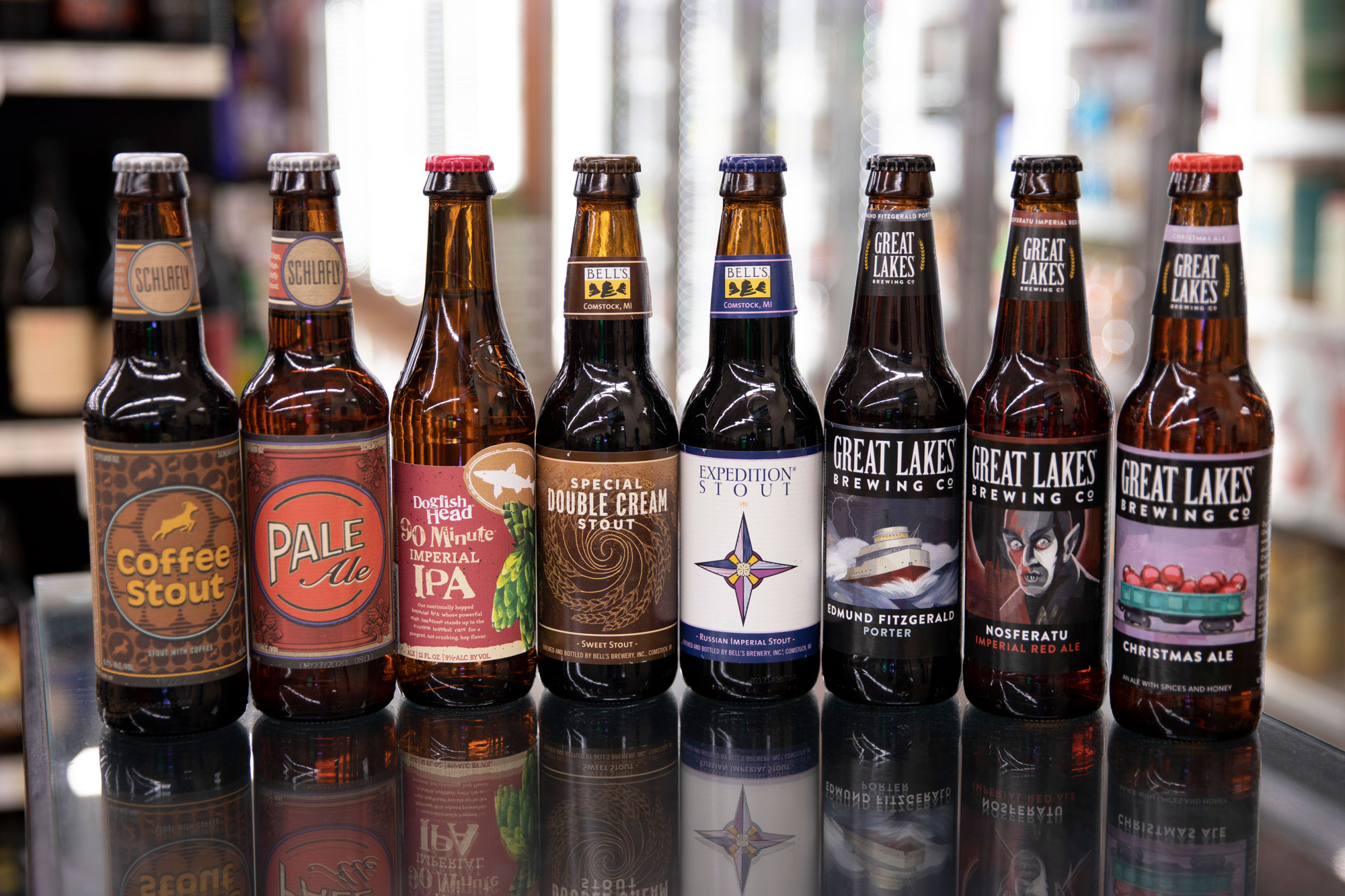Galveston Liquor: Wide Selection of High Quality State Of Minds for every single Taste
Galveston Liquor: Wide Selection of High Quality State Of Minds for every single Taste
Blog Article
From Mash to Container: The Ins And Outs of Craft Distillery Manufacturing Revealed
Craft distillery manufacturing is a thorough procedure that entails a series of intricate steps to transform raw components into a refined spirit prepared for usage. From the preliminary stages of mash prep work to the last touches of bottling and classifying, each stage of production plays an important duty fit the character and high quality of the final product (Galveston Whiskey). As we untangle the complexities of craft distillery production, we will discover the virtuosity and scientific research behind each action, dropping light on the covert world that finishes in the production of a exceptional and unique spirit
The Art of Mash Prep Work
Mash prep work in craft distillery manufacturing is a precise process that lays the structure for the high quality and flavor profile of the last distilled spirits. The art of mash prep work includes integrating grains such as barley, corn, rye, or wheat with water and enzymes to convert the starches into fermentable sugars. This critical action needs precision in the option of grains, water top quality, and enzyme task to guarantee optimum sugar removal throughout fermentation.
Craft distilleries take terrific treatment in sourcing high-grade grains as they directly influence the taste and personality of the spirits. The percentages of different grains utilized in the mash bill are additionally thoroughly calculated to accomplish the desired taste profile. In addition, elements such as water temperature level, pH levels, and blending methods play a significant duty in the mashing process.
As soon as the mash is prepared, it undergoes fermentation, where yeast is included to transform sugars into alcohol. The top quality of the mash directly influences the performance of fermentation and eventually, the total quality of the distilled spirits. Craft distilleries pride themselves on their focus to detail during mash prep work, recognizing its value in creating extraordinary spirits.
Fermentation: Changing Components Into Alcohol
How do craft distilleries change carefully ready ingredients into alcohol via the procedure of fermentation? Fermentation is a vital step in craft distillery production where yeast engages with sugars to develop alcohol.

During fermentation, the temperature level and setting are closely kept an eye on to ensure optimal conditions for yeast activity. This process usually takes several days to a week, relying on the wanted alcohol content and taste account. As the yeast functions its magic, the liquid goes through considerable chemical adjustments, resulting in the formation of alcohol.
As soon as fermentation is full, the resulting liquid is known as the laundry or beer. This alcoholic fluid offers as the structure for the subsequent distillation process, where it will be changed right into the last spirit through careful craftsmanship and accuracy methods.
Purification Strategies and Tools
Utilizing specialized devices and exact methods, craft distilleries utilize numerous purification approaches to remove and improve the alcohol web content of the fermented clean, inevitably forming the personality and top quality of the last spirit. Purification is the procedure of dividing alcohol read this article from the fermented fluid via dissipation and condensation. Craft distilleries typically use pot stills, column stills, or hybrid stills in their distillation processes. Pot stills, containing a pot and a swan neck, are understood for generating savory spirits with abundant appearances. On the various other hand, column stills, which have numerous plates for distillation, are favored for producing lighter and smoother spirits. Crossbreed stills incorporate components of both pot and column stills, providing distillers adaptability in crafting a varied variety of spirits. The selection of still and the distillation technique used dramatically influence the fragrance, taste, and overall top quality of the distilled spirit. Craft distillers typically experiment with various equipment setups and purification approaches to accomplish exceptional and one-of-a-kind spirits that show their imagination and competence.
Aging Process: From Barrel to Container
With the distilled spirits currently prepared, the emphasis moves in the direction of the vital stage of the aging process, where the transformation from barrel to bottle imbues the liquid with distinct tastes and features. The option of barrel kind, whether oak, charred, or previously used for other spirits, considerably influences the final taste account.

Bottling and Identifying: Final Touches
Upon conclusion of the aging procedure, the craft distillery meticulously wages the meticulous jobs of bottling and classifying, including the last touches that will certainly offer the spirit to customers. Bottling is a critical action that calls for accuracy to ensure uniformity in each container. Craft distilleries usually make use of automated bottling lines equipped with machinery such as fillers, cappers, and labelers to improve the procedure. These devices aid preserve efficiency while upholding top quality requirements.
Labels usually include vital go to this web-site details like the spirit's name, alcohol material, and beginning. Additionally, some craft distilleries hand-label their containers for an individualized touch, particularly for restricted edition releases.
As soon as the bottles are filled, sealed, and labeled, they undergo a last examination to ensure they satisfy the distillery's standards. This focus to information in the identifying and bottling process mirrors the craft distillery's commitment to delivering a premium product to consumers.

Final Thought
In final thought, the procedure of craft distillery production entails meticulous steps such as mash prep work, fermentation, distillation, aging, and bottling (Seawall Bar). Each phase requires cautious focus to detail and specific equipment to make sure the end product meets high requirements of high quality. From transforming active ingredients right into alcohol to bottling and classifying the finished item, craft distilleries showcase the art and science behind creating superior spirits for discerning consumers
Craft distillery manufacturing is a precise procedure that entails a series of elaborate steps to change raw active ingredients right into a refined spirit all set for intake.Mash prep work in craft distillery manufacturing is a precise process that lays the foundation for the top quality and flavor account of the last distilled spirits. Craft distilleries pride themselves on their focus to information throughout mash preparation, identifying its importance in producing phenomenal spirits.
Upon conclusion of the aging procedure, the craft distillery carefully proceeds with the thorough tasks of bottling and classifying, adding the final touches that will certainly present the spirit to customers. From changing ingredients right into alcohol to bottling and identifying the ended up product, craft distilleries display the art and science behind developing superior spirits for discerning customers.
Report this page